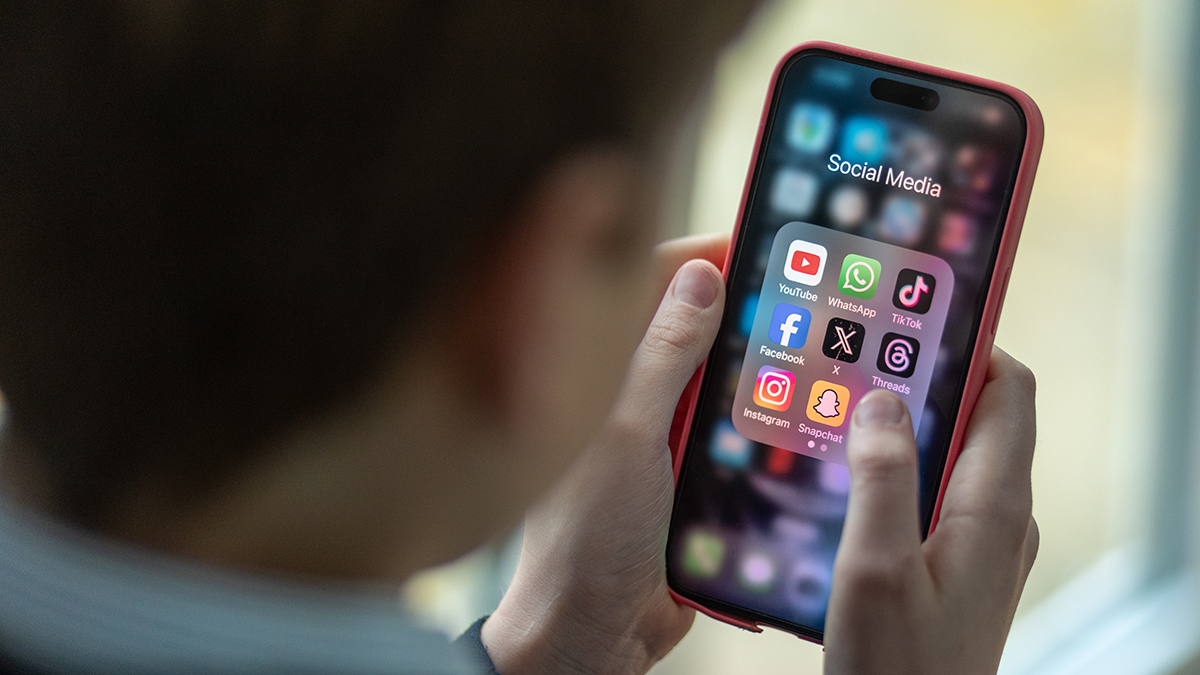People in some parts of the world got a glimpse of a rare cosmic event Sunday night. A lunar eclipse took place at the same time as a supermoon, when the moon is closest to the Earth during its orbit, making it appear red and larger in the sky.
The eclipse could be seen in North America, South America, West Africa and Western Europe and was last visible in 1982. But if you missed the supermoon eclipse, you're going to have to wait another 18 years for it to come around because it won't be back until 2033.
Until then, here's a look at some of the best cosmic events of 2015, according to Space.com.
The first day of spring coincided with a dazzling total solar eclipse this year. The moon blocked out the sun’s light as seen from the Earth on March 20. This event was even more special, because it happened during a super moon. This kind of eclipse will take place during the March equinox in another 19 years.
An unusual total lunar eclipse took place on April 4. The entire disk of the moon squeezed inside the dark shadow of the Earth for only nine minutes. This was the shortest total eclipse since Oct. 13, 1856. This eclipse was visible across most of North America, with the best vantage point coming from the west coast.
Jupiter and Venus were dramatically close together and visible after sunset on June 30 across most of North America. If you missed the spectacle, you can catch it again on Oct. 26, when the two planets come close again.
Revelers got a chance to see the Perseid meteor shower on Aug. 12, 2015. It’s said to be one of the best annual displays of its kind, with as many as 90 meteors an hour. This year, there was no moonlight, so the sky was dark enough to catch the show.
U.S. & World
Keep an eye out for the Taurid meteor showers this fall. They take place between mid-October and mid-November and can sometimes produce fireball meteors.
The Geminid meteor shower is believed to be the most dazzling. These are pieces of debris caused by an asteroid. It’s one of the “most reliable of the annual meteor showers,” according to NASA, which start around 9 or 10 p.m. so even the kids can take in the show.



